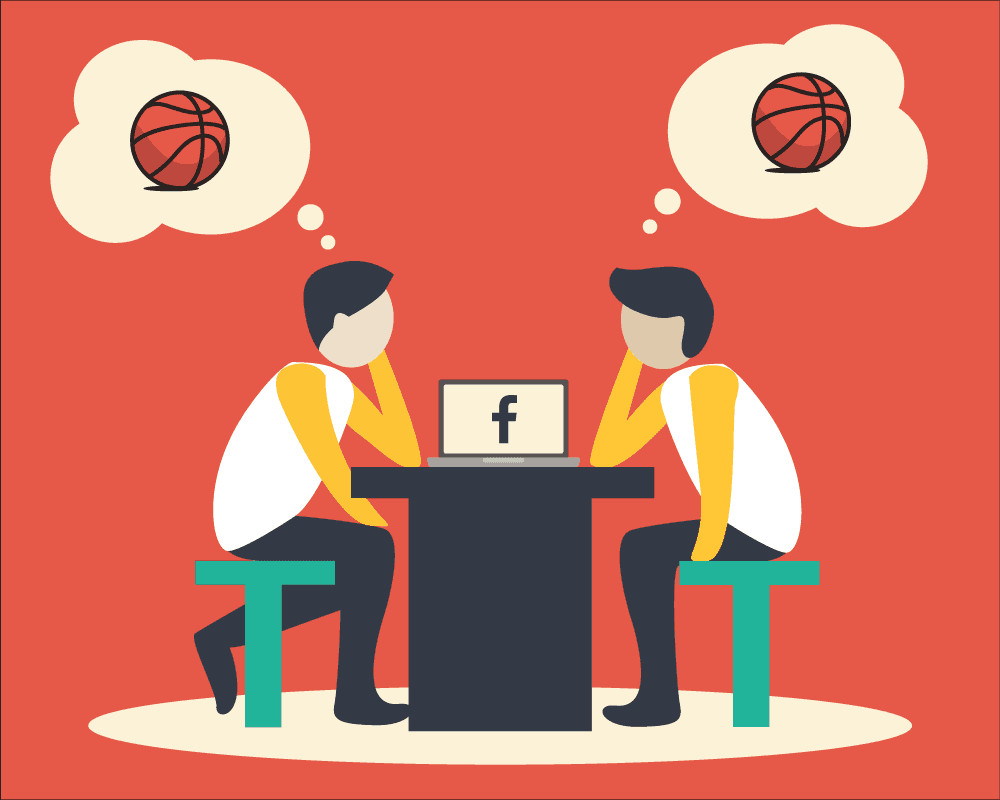Using the New and Improved Lookalike Audiences on Facebook Analytics

What if you could clone your most profitable customers – but in a non-violent way that doesn’t resemble Jurassic Park? Facebook’s latest update to their Lookalike Audiences tool makes that (almost) possible. Recently, Facebook has released a new ‘value-based’ feature that’s improved the abilities of Lookalike Audiences even more. If you aren’t using this tool, you might be missing out.
First things first: What are Lookalike Audiences?
For those of you who are new to the topic or need a refresher, a Lookalike Audience is exactly what it sounds like; it’s a copycat version of your best customers. It’s a great way to reach new individuals who share the same interests as your source audience, which is an audience group of your most valuable customers. Because they are similar to your source audience, they might also be interested in your company. Facebook evaluates the list of people in your source audience to find people with the most shared similarities. This then becomes your Lookalike Audience.
What is the new ‘value-based’ feature?
According to Facebook, the new value-based feature is an enhancement of Lookalike Audiences. By telling Facebook how much your current customers are worth to your business, their systems can find people similar to your most valuable long-term customers.
This will lower your chances of targeting those one-time Black Friday purchase customers and focus on profitable, long-term customers. The goal of the new value-based feature is to increase efficiency and reduce wasted ad spend.
Eric Yarnik, Director of Search & Social Advertising says:
“Although Lookalike Audiences have been around for a while, I’m interested to see how Lookalike Audiences improve in performance with lifetime-value lookalikes. Being able to give a ‘weight’ of sorts to customers that are more valuable to the business should improve Facebook’s ability to create the best Lookalike Audiences possible.”
How do I use this new feature?
Once you have your source audience, you can get started using the value-based feature. Note that these audiences are new to your brand so you want your ads to introduce them to your brand/product/service. Using a call to action such as “Buy Now!” is bold and risky for a company they may have never heard of before.
Instead, offer a free trial or an email sign up form. This will intrigue your audience without scaring them off. Also, remember that this audience shares a common interest/trait with your source audience. Make sure your ads address that trait.
For example, if you are a candy shop and the common interest between audiences is chocolate, you want your ad to be about chocolate, not lollipops.
Why should my business care?
You can easily grow your Facebook page by targeting potential customers with Lookalike Audiences. It can help you save time and money (which we’ve all heard are one and the same).
With the new value-based feature, the audiences Facebook finds will also be more accurate and profitable in the long-term. Since you are only targeting customers with a potentially high lifetime value, you won’t waste money advertising to one-time customers.
The Lookalike Audience is more likely to be interested in your business since they share common interests/traits with your source audience. This will result in higher conversions opposed to advertising to a random audience. Overall, it’s a win-win-win for your business!
Which businesses are the best candidates for a Lookalike Audience?
All kinds of different companies can benefit from using this tool. Through Lookalike Audiences your business can:
- Widen your reach on Facebook
- Grow your customer base
- Increase brand awareness
It’s important to mention that before using Lookalike Audiences, it is crucial that you have an established customer base. Yarnik stresses this point:
“Any business with a strong customer base can use Lookalike Audiences to their benefit. Businesses with a large number of website users or email lists is preferred so Facebook has more data to create better Lookalike Audiences.”
You need to have at least 100 people in your source audience to create a Lookalike Audience. The more people there are in your source audience, the more accurate your Lookalike Audience will be.
—
Want to learn more? Now that you know how to reach new customers with Lookalike Audiences, here’s a refresher on how to make the most of existing customers.
